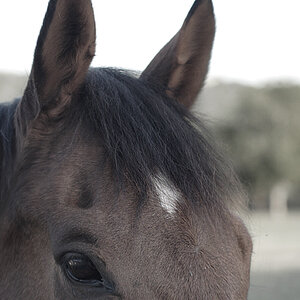enki9
TPF Noob!
- Joined
- Jan 25, 2006
- Messages
- 5
- Reaction score
- 0
Back over at another forum there was this helicopter picture posted.
http://www.airforce.ru/photogallery/dundin/kuznetsov2004/bpk/page_07.htm
Could anyone explain, Why do two rotor blades seem bent? In reality they are absolutely straight even when in motion. It is a photographic phenomenon, but what causes it? I know something about optics and slow shutter speeds, but this phenomenon puzzles me.
Other pictures show the moving rotor blades just fuzzy, like you'd rather expect:
http://www.airforce.ru/photogallery/dundin/kuznetsov2004/bpk/page_12.htm
(I didn't get the images linked directly, so there are just the links, sorry.)
Any reasonable explanation out there?
http://www.airforce.ru/photogallery/dundin/kuznetsov2004/bpk/page_07.htm
Could anyone explain, Why do two rotor blades seem bent? In reality they are absolutely straight even when in motion. It is a photographic phenomenon, but what causes it? I know something about optics and slow shutter speeds, but this phenomenon puzzles me.
Other pictures show the moving rotor blades just fuzzy, like you'd rather expect:
http://www.airforce.ru/photogallery/dundin/kuznetsov2004/bpk/page_12.htm
(I didn't get the images linked directly, so there are just the links, sorry.)
Any reasonable explanation out there?



![[No title]](/data/xfmg/thumbnail/32/32159-cd588f68f116c390a4eaddec2380f1a6.jpg?1619735234)
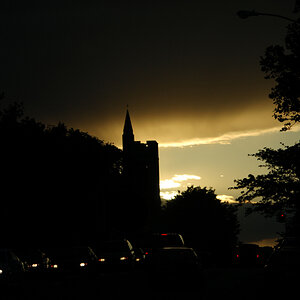
![[No title]](/data/xfmg/thumbnail/37/37615-78a9bdab877c191919a156f901325ee1.jpg?1619738151)
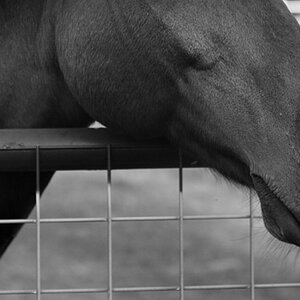
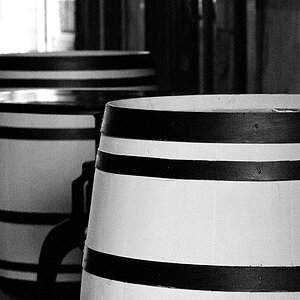
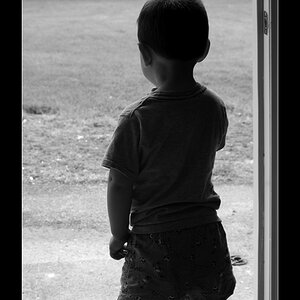
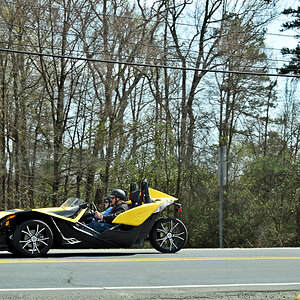


![[No title]](/data/xfmg/thumbnail/37/37613-6b200847731e552bb4bf9ba3bdb80183.jpg?1619738150)
